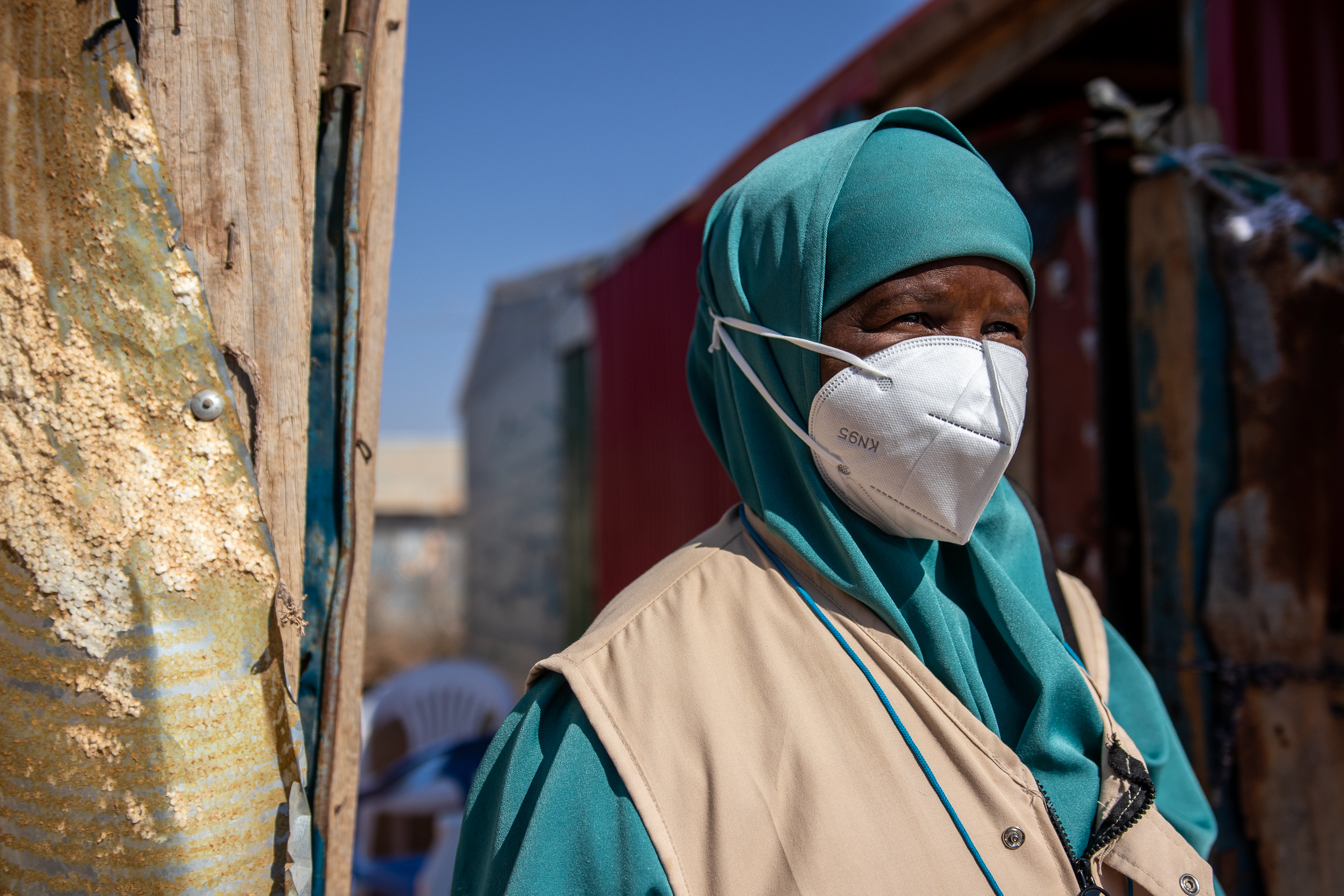Catastrophe squared: COVID-19 vaccine inequity in humanitarian crises
DOI :
https://doi.org/10.21153/thl2022art1634Mots-clés :
COVID-19, vaccine, inequity, global healthRésumé
The COVID-19 pandemic has caused physical, social, and economic devastation all around the world. While more manageable case numbers and immunisation efforts seem to indicate that the world has come a long way in controlling the virus, there is great inequity in vaccination numbers around the world. Low-income countries have only received 14 doses per 100 people—13-fold lower than the 182 doses per 100 people in upper-middle income and high-income countries. This paper highlights the disparity of COVID-19 vaccination rates in high-income countries versus those afflicted with crises and raises the need for linking pandemic response with humanitarian assistance.
Métriques
Téléchargements
Références
Anderson, M.B. & Wallace, M. (1999). Challenges for Food Aid in Conflict Situations. WorldHunger.org. https://www.worldhunger.org/articles/global/armedconflict/anderson.htm#Theft:%20A%20key%20problem
Development Initiatives. (2021). The Global Humanitarian Assistance Report 2022. https://reliefweb.int/sites/reliefweb.int/ files/resources/Global-Humanitarian-Assistance-Report-2021.pdf
Drexler, M, (2021). The Troubled History of Vaccines and Conflict Zones. NPR. https://www.npr.org/sections/goatsandso da/2021/08/29/1031007332/the-troubled-history-of-vaccines-and-conflict-zones
Jansen van Vuren, P., McAuley, A.J., Kuiper, M.J., Singanallur, N.B., Bruce, M.P., Riddell, S., Goldie, S., Mangalaganesh, S., Chahal, S., Drew, T.W., Blasdell, K.R., Tachedjian, M., Caly, L., Druce, J.D., Ahmed, S., Khan, M.S., Malladi, S.K., Singh, R., Pandey, S., Varadarajan, R. & Vasan, S.S. (2022). Highly Thermotolerant SARS-CoV-2 Vaccine Elicits Neutralising Antibodies against Delta and Omicron in Mice. Viruses. 14(4):800. https://doi.org/10.3390/v14040800
Okereke, M., Ukor, N. A., Ngaruiya, L. M., Mwansa, C., Alhaj, S. M., Ogunkola, I. O., Jaber, H. M., Isa, M. A., Ekpenyong, A., & Lucero-Prisno, D. E., III. (2021). COVID-19 Misinformation and Infodemic in Rural Africa, The American Journal of Tropical Medicine and Hygiene, 104(2), 453-456. https://www.ajtmh.org/view/journals/tpmd/104/2/article-p453.xml
ReliefWeb. (2022). Humanitarian Situations. https://reliefweb.int/countries?view=ongoing Reuters staff. (2020). False Claim: African Skin Resists the Coronavirus.
Reuters. https://www.reuters.com/article/ukfactcheck-coronavirus-ethnicity-idUSKBN20X27G.
Ritchie, H., Mathieu, E., Rodés-Guirao, L., Appel, C., Giattino, C., Ortiz-Ospina, E., Hasell, J., Macdonald, B., Beltekian D. & Roser, M. (2020). Coronavirus Pandemic (COVID-19). OurWorldInData.org. https://ourworldindata.org/coronavirus
Sen-Crowe, B., McKenney, M. & Elkbuli, A. (2021). Disparities in global COVID-19 vaccination rates & allocation of resources to countries in need. Annals of Medicine and Surgery. https://pubmed.ncbi.nlm.nih.gov/34336193/
UNHCR. (2022a). Refugee Data Finder. https://www.unhcr.org/refugee-statistics/download/?url=Jn5sA7 UNHCR. (2022b). Refugee Population Statistics Database. https://www.unhcr.org/refugee-statistics/
UNHCR. (2022c). Coronavirus Emergency. https://www.unrefugees.org/emergencies/coronavirus-outbreak/
United Nations Development Program. (2021). Human Development Report 2020. The Next Frontier: Human development and the Anthropocene. https://hdr.undp.org/content/human-development-report-2020
UNOCHA. (2021). Inter-Agency Coordinated Appeals: Overview for 2022. https://gho.unocha.org/appeals/inter-agencycoordinated-appeals-overview-2022
UNOCHA. (2022a). COVID-19 Data Explorer: Global Humanitarian Operations: School Closures. https://data.humdata.org/ visualization/covid19-humanitarian-operations/?layer=school_closures
UNOCHA. (2022b). Global Humanitarian Overview 2022. https://gho.unocha.org/
UNOCHA. (2022c). COVID-19 Data Explorer: Global Humanitarian Operations: Immunization campaigns impacted due to COVID-19. https://data.humdata.org/dataset/immunization-campaigns-impacted
UNODC. (2021). COVID-19 Vaccines and Corruption Risks: Preventing Corruption in the Manufacture, Allocation and Distribution of Vaccines. https://www.unodc.org/documents/corruption/COVID-19/Policy_paper_on_COVID-19_vaccines_ and_corruption_risks.pdf
Wang, H., Paulson, K.R. et al. (2022). Estimating excess mortality due to the COVID-19 pandemic: a systematic analysis of COVID-19-related mortality, 2020–21. The Lancet. Vol 399 (10334), pp 1513-1536. https://doi.org/10.1016/S0140- 6736(21)02796-3
World Health Organisation. (2019). Poliomyletis. https://www.who.int/news-room/fact-sheets/detail/poliomyelitis
World Population Review. (2022a). War Torn Countries 2022. https://worldpopulationreview.com/country-rankings/wartorn-countries World Population Review. (2022b). Refugees by Country 2022. https://worldpopulationreview.com/country-rankings/ refugees-by-country
Worldometer. (2022). Coronavirus case numbers. https://www.worldometers.info/coronavirus/







